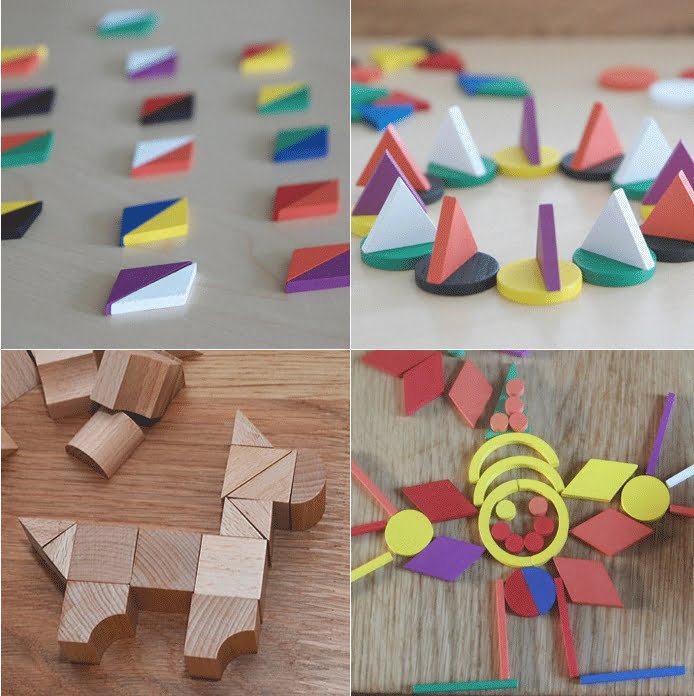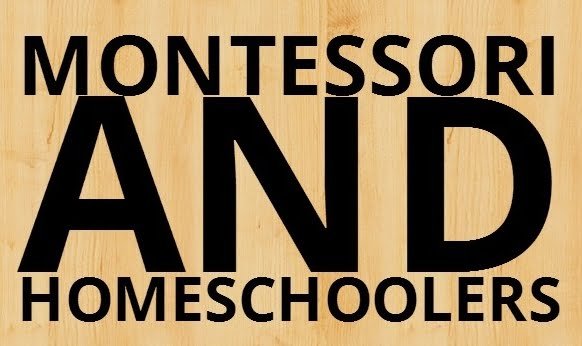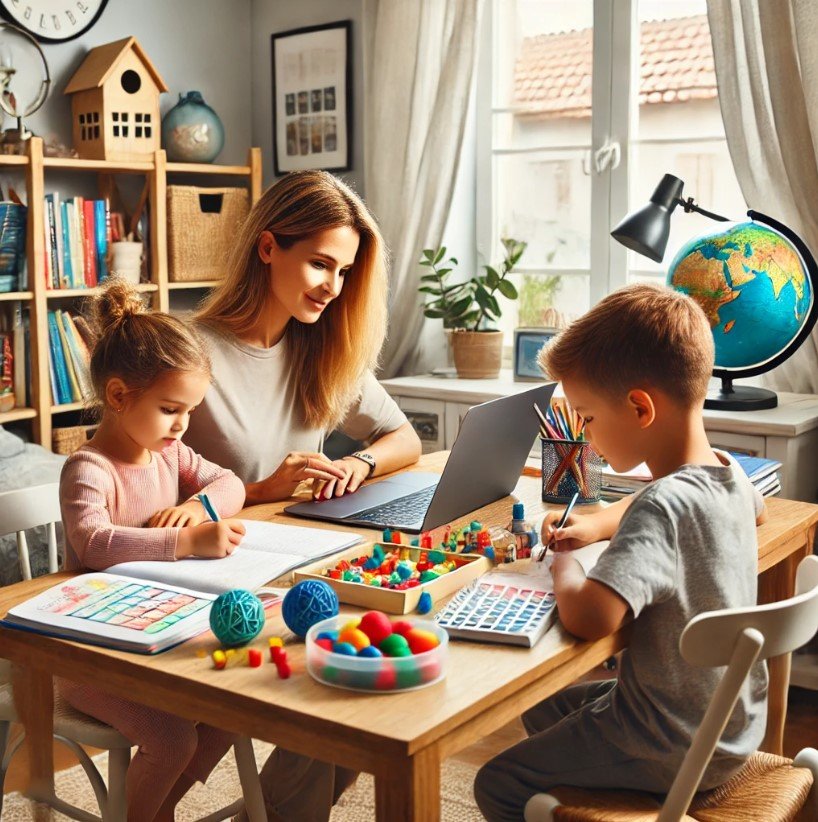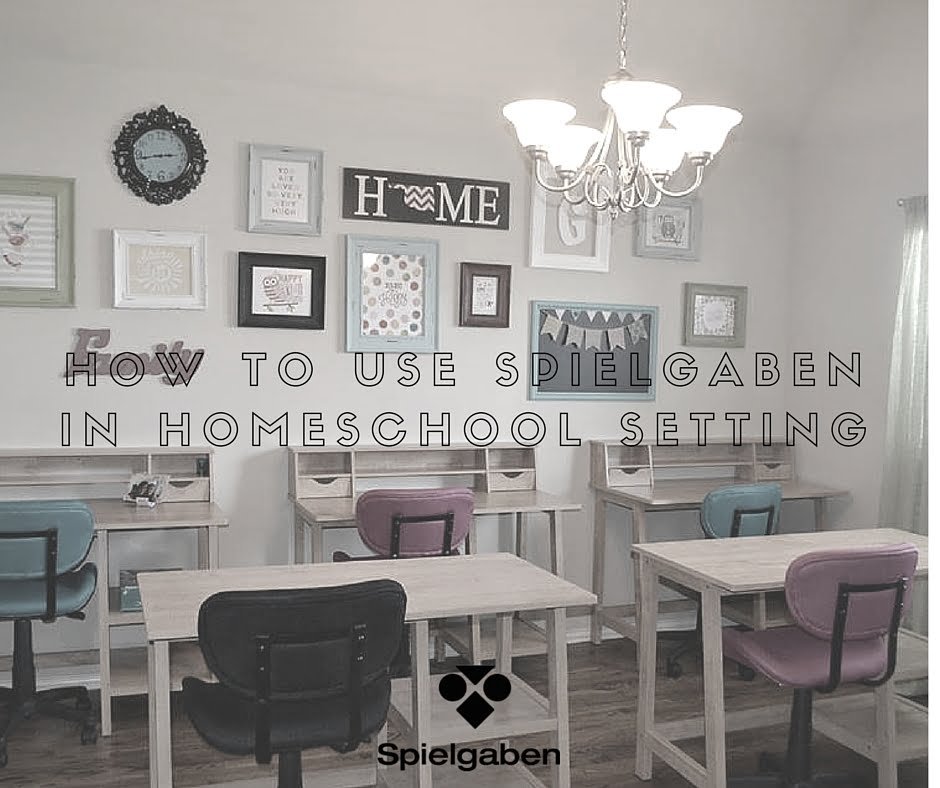Choosing Materials for a Home School Setting
Childhood is a wonderful time, filled with imagination, play, exploration, and joy. However, with all of the influences that children today face from the outside world, many parents struggle with ways to provide them with the values and morals that they know will give them the best possible education, and lead them to happy lives filled with a love of learning, kindness, and real world problem solving strategies. This can be a difficult task for any parent, and today it is even more complicated by the conflicting messages that children receive from music, computer games, television shows, and other forms of media.
Homeschooling your child is truly a way to put education and play back into the hands of parents. When you make the decision to homeschool your child, you are able to limit the confusing and conflicting messages that they receive which often make them feel that they need to grow up too quickly and behave like adults.
A Chance to Explore
One of the things that parents like most about homeschooling is that it offers the ability to truly allow children to explore the things they are most interested in. Instead of a fast-paced curriculum where every child is learning the same thing, it allows children to truly explore interests and develop deep understanding of the concepts held within them.
In a typical classroom, the teacher presents material based on a predetermined set of curriculum. Lessons are presented and then the teacher must move on to the next requirement. Some children may understand the concept already and be bored with the presentation. Others may not understand at all and may need extra time to study the concept. Some children may be truly interested in the ideas and long for more time to explore it. Unfortunately, with a large classroom size and a set of mandated lessons, teachers are not always able to provide these opportunities for students.
When a parent educates their child at home, they can present materials that they know will be of high interest for their child, and base instruction on their individual needs and interests. They can cover concepts in new and exciting ways because they will be able to truly know their child as a learner.
Choosing Materials for the Home School
Parents who have made the decision to educate their children at home are faced with a variety of choices in the types of materials they want to use in their home classroom. It can be overwhelming trying to pick out the materials that will stimulate learning, and also get the most “bang for the buck”. When purchasing materials, there are a few things that parents should keep in mind.
- Children learn best when more they are engaging more than one sense. Hands-on materials are a perfect way to integrate their senses, making for optimal learning.
- Consider purchasing materials should be designed to “grow with the child” so that they can be used for many years, and with more than one child to get the most from your dollar.
- Choose manipulatives and toys that are made from high quality materials so that they will not break quickly. You will spend more in the long run if you have to keep replacing materials.
- Select items that will be interesting and engaging for children. You do not want to spend money on materials that will just sit on a shelf.
- Materials should be age appropriate. Your child can learn about advanced concepts by using materials that they can handle. Consider not only the intellectual level of your child, but also the motor skills that they possess.
- Look for items that can be used for more than one purpose. Again, you can save both money and space by looking for materials that can be used for more than one purpose.
- Consider storage. Children thrive best in a tidy and organized environment. Make sure that you have proper storage for the materials you are using so that children can find what they need, and also learn to clean up after they are finished.
- Teach your child how to take care of the materials so that they will last for a long time!
Using Toys in the Home School
All activities do not have to be paper and pencil, and parents often overlook toys as a learning device. There are many different types of toys that make wonderful additions to your home school. A great deal of today’s early childhood education is based upon the beliefs of Freidrich Froebel. Froebel believed that the root of education was not the materials presented, but the attitudes, impulses and activities of the child/student. Froebel believed, as do most educators and theorists now, that young children learn best through games and play.
Parents who are looking for materials for their home schools will find that there are many types of toys that are wonderful additions because they can be used for many purposes, and are highly engaging. Parents should consider toys that can be used in many different ways, are easy to clean up and store, and encourage problem solving and discovery.
For instance, for parents who are looking for a way to use the Spielgaben in their homeschools, will find that they can use the toy to teach many different math concepts. Not only can it be used for teaching geometric principles, but it can also be used for counting and numeracy activities, as well as spatial relationships. These sets may also be used for fine motor activities as well.
The wooden crate, in which the toy is housed, is also designed to stimulate thinking and problem solving. When the pieces are put together correctly, they will fit into their wooden boxes, and can then be kept together in a neat and tidy way. Children are not only learning to clean up after themselves and take care of their objects, they are still engaged in geometric principles and problem solving activities. The beauty of it all is that by learning with toys, children will be having so much fun, they will not even realize how much they are learning!
Connecting Math and Language for True and Deep Understanding
A big part of demonstrating learning, even as adults, is being able to verbalize what you know in a manner that is understandable to others. Teaching with toys and other manipulatives offers the perfect opportunity to practice this skill.
When adults are working one on one with their child, they can maximize learning by talking with them throughout the process. For instance, if a child is building a picture from points, sticks, circles, and semi-circles, the parent/teacher can engage them in conversation explaining their placement choices. This verbalization not only allows a child to talk themselves through the process, but also reinforces their learning by using more than one sense. The parent can further reinforce the concept by referring to it in future lessons. For example, “remember yesterday it took 10 points to make the inside of your flower. Let’s see how many it would take if we made two flowers.”
There has been a recent shift in the curriculum of most traditional schools and explaining your thinking, both verbally and in writing, is a big part of what is now expected from students. Educational tools, such as Spielgaben lend themselves to this skill by allowing parents and children to sit together side by side and work through ideas in a hands-on manner.
Parents can also extend these conversations to a written format. Youngest children can draw diagrams of their creations, and label the parts with sounds they hear in words they are trying to write. Older children can write explanations or write step-by-step directions making their learning visible and available for others to learn from.
These types of activities will translate nicely later to real-world situations where they may be training others, making presentations, explaining a product, or helping a customer. The ability to offer explanations and communicate clearly with others is an important skill for success, and by engaging in these exercises from an early age, your child will be well prepared!
Other Benefits of the Toys and Manipulatives in the Home School
- Young children can almost always benefit from hands-on activities as they also increase their fine motor skills. Use of these materials will increase your child’s manual dexterity by strengthening the small finger muscles. When children are using these materials, they may engage in grasping, threading, and placement of small objects. All of these activities enhance fine motor development, and will help later with letter formation and handwriting.
- Creates opportunities for children to problem solve through the trial and error process. As they are trying to create a structure, or make a block swing in a certain manner, they may have to try several possibilities before they discover the correct way to do what it is that they are trying to accomplish. In the traditional schools, there is often not enough time for extended problem solving activities, which truly provide children with the depth of understanding they crave.
- Using a hands-on approach creates true and deep understanding of mathematical concepts in contrast to the rote drill and memorization taught by other methods.
- Encourages creativity and independence, two crucial life skills. These toys provide your child with avenues to think for themselves and express their ideas in new and creative ways.
The goal of parents who chose to home school their children is to provide them with the best education possible. The activities and materials that parents chose for their lessons should stimulate deep thinking and serve to contribute to a lifelong love of learning. Hands-on educational tool such as Spielgaben is the perfect complement for this type of setting.
They are appealing to children, and your kids will be highly engaged in your lessons when they are using them. Use of these kind of educational tools also serves to create a bond between you and your child, which is one of the best benefits of all!
You can find out more what other parents and educators say about Spielgaben and how it truly helps parents to take education and learning back into their own hands by clicking HERE.













LEAVE A COMMENT